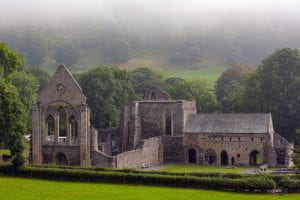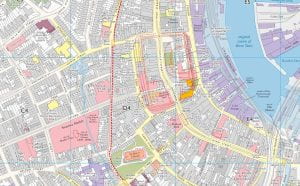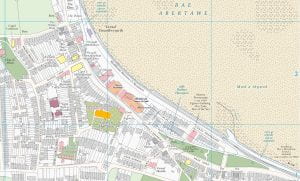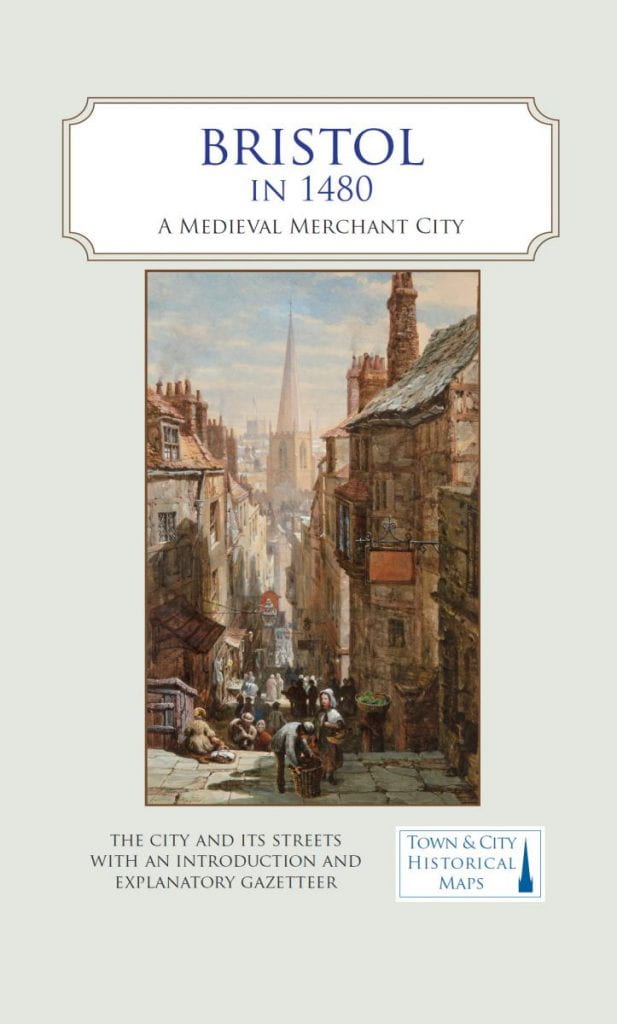
A five-year research project to explore the history and literature of the medieval March of Wales began on 1 May 2023, based at the University of Bristol. The project is called ‘The Medieval March of Wales, c. 1282–1550: Mapping Literary Geography in a British Border Region’, known as MOWLIT for short.
The project aims to create the first cultural history of the medieval March of Wales, the borderlands between Wales and England, occupied by a diverse population of Welsh, English and French speakers in the period between 1282 and 1550. The main objectives are to uncover and analyse the literary texts and manuscripts produced and circulated in the medieval March, and to create an original series of digital maps of the Marcher lordships at various date points during the period. The texts and the maps will be linked by means of a prosopography, a visualisation of the major gentry houses and abbeys, and a distribution of the texts/manuscripts across the maps showing where they were produced and who read/owned them. These resources will enable an assessment of the cultural and regional identities of the March and its relations with its more powerful neighbour, England.
The project team includes heritage and mapping specialists from the Royal Commission of Ancient and Historic Monuments in Wales and digital humanities specialists from Research IT at the University of Bristol. The project will employ two full-time postdoctoral research assistants and an administrator, and will support a PhD studentship. Outcomes from the project include a monograph, two edited collections, digital and printed maps, and a PhD thesis suitable for publication. You can read more about the project at the MOWLIT website which we have recently set up and which will be added to with new materials at regular intervals.
The project was originally awarded funding through the ERC Advanced Grant scheme and is now funded through the UKRI guarantee.
We aim to engage with local history groups, museums, creative practitioners and other stakeholders with an interest in the region of the March and its history. Please get in touch if you would like to be added to the mailing list to be kept up to date with the project and its activities.
Helen
Helen.fulton@bristol.ac.uk






